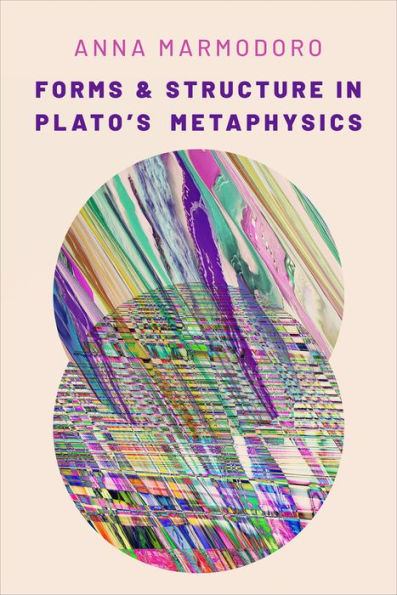This book investigates the thought of two of the most influential philosophers of antiquity, Plato and his predecessor Anaxagoras, with respect to their metaphysical accounts of objects and their properties. The book introduces a fresh perspective on these two thinkers' ideas, displaying the debt of Plato's theory on Anaxagoras's, and principally arguing that their core metaphysical concept is overlap; overlap between properties and things in the world. Initially Plato endorses Anaxagoras's model of constitutional overlap, and subsequently develops qualitative overlap. Overlap is the crux to our understanding of objects participating in Forms in Plato's metaphysics; of Plato's account of relata without relations; of the role of Forms as causes; of the metaphysics of necessity; and of the role of the Great Kinds and of the paradeigma in the development of Plato's thought. Anna Marmodoro argues that Plato is ground-breaking in the history of metaphysics, in different ways from those acknowledged so far, and with respect to more metaphysical questions than had been hitherto appreciated; e.g. Plato's treatment of structure as property; of complexity; and his introduction of the first ever account of metaphysical emergence. In addition to these results, Marmodoro makes Anaxagoras's and Plato's systems philosophically accessible to us, today's philosophers, by applying conceptual tools from analytic metaphysics to the study of ancient metaphysics. In this way, the book brings Anaxagoras's and Plato's ideas to bear on todays' philosophical discussions and opens up new venues of research for current philosophical discussions.
1139627878
Forms and Structure in Plato's Metaphysics
This book investigates the thought of two of the most influential philosophers of antiquity, Plato and his predecessor Anaxagoras, with respect to their metaphysical accounts of objects and their properties. The book introduces a fresh perspective on these two thinkers' ideas, displaying the debt of Plato's theory on Anaxagoras's, and principally arguing that their core metaphysical concept is overlap; overlap between properties and things in the world. Initially Plato endorses Anaxagoras's model of constitutional overlap, and subsequently develops qualitative overlap. Overlap is the crux to our understanding of objects participating in Forms in Plato's metaphysics; of Plato's account of relata without relations; of the role of Forms as causes; of the metaphysics of necessity; and of the role of the Great Kinds and of the paradeigma in the development of Plato's thought. Anna Marmodoro argues that Plato is ground-breaking in the history of metaphysics, in different ways from those acknowledged so far, and with respect to more metaphysical questions than had been hitherto appreciated; e.g. Plato's treatment of structure as property; of complexity; and his introduction of the first ever account of metaphysical emergence. In addition to these results, Marmodoro makes Anaxagoras's and Plato's systems philosophically accessible to us, today's philosophers, by applying conceptual tools from analytic metaphysics to the study of ancient metaphysics. In this way, the book brings Anaxagoras's and Plato's ideas to bear on todays' philosophical discussions and opens up new venues of research for current philosophical discussions.
55.99
In Stock
5
1

Forms and Structure in Plato's Metaphysics

Forms and Structure in Plato's Metaphysics
Related collections and offers
55.99
In Stock

Product Details
| ISBN-13: | 9780197577172 |
|---|---|
| Publisher: | Oxford University Press |
| Publication date: | 11/03/2021 |
| Sold by: | Barnes & Noble |
| Format: | eBook |
| File size: | 2 MB |
About the Author
From the B&N Reads Blog
